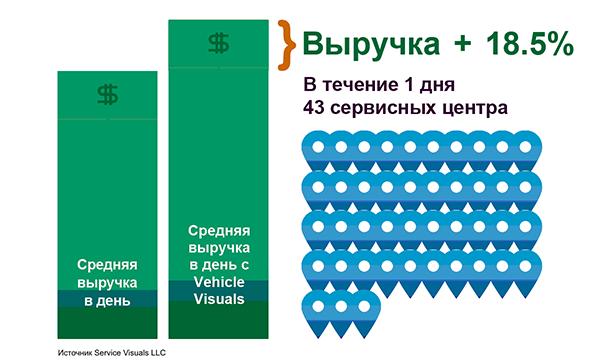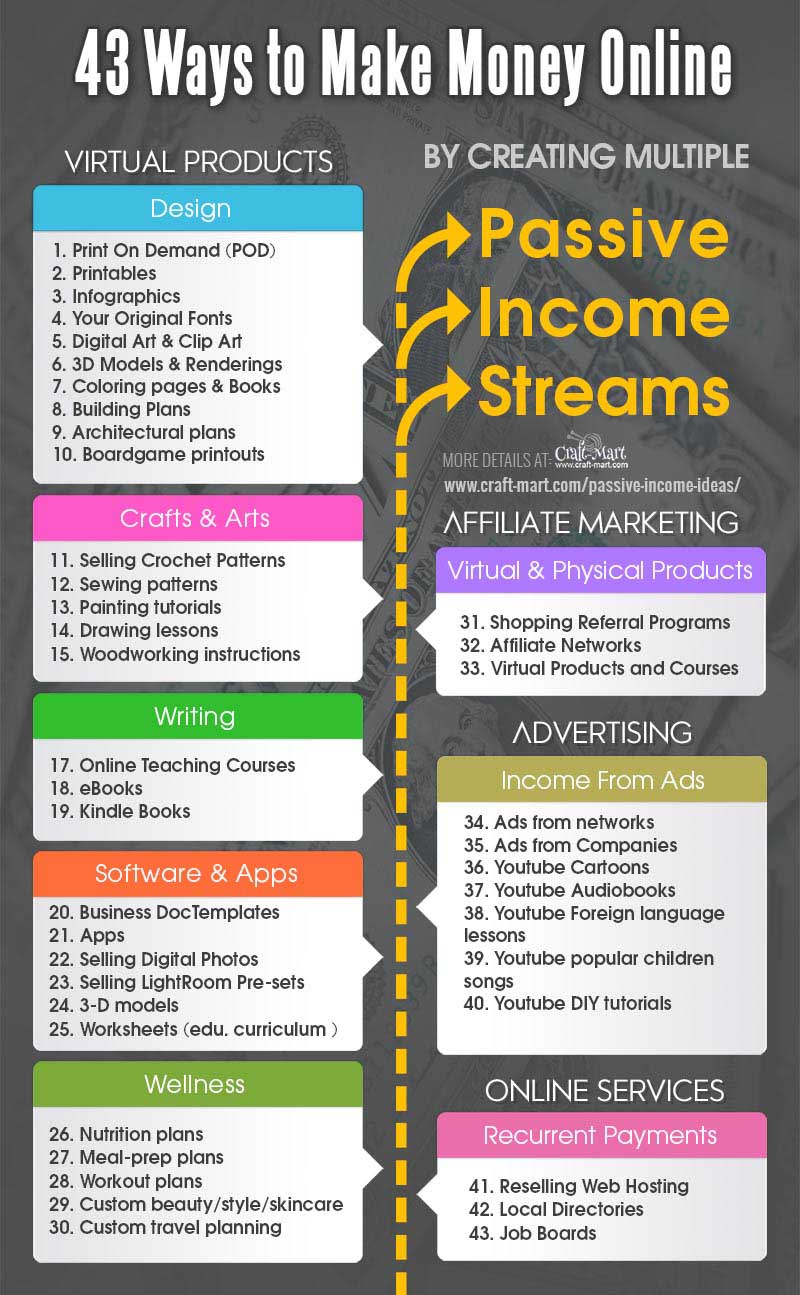
If you're not familiar with the term "conversion," it's the process of turning a visitor into a paying customer. Unlike other forms of marketing, conversion marketing takes a holistic view of the entire buyer's journey. It flags points along the way where conversions can be improved. Conversion marketing is not only useful for reaching your goals for new leads, but it can also help you retain customers and maximize their lifetime worth.
There are many kinds of conversions. There are many types of conversions. For example, clicks on URLs and landing page visits, newsletter signing-ups, whitepaper downloadings, and phone calls to a number associated with digital campaigns. A conversion pixel tracks any action that is trackable. These actions may be referred to as goals or events by analytics systems. A pixel linked to a page can help you track the information for a successful conversion marketing campaign.

Engaging prospects in the best way possible will improve your conversion rates. This includes identifying weak link and providing feedback on each visitor's experience. To optimize conversion marketing, it is important to analyze your website's data. This allows you to identify which elements of your website are driving most conversions and allows you to adjust your strategy accordingly. However, this type of conversion is not the most profitable for all businesses, so make sure you optimize your campaign for the highest conversion rate possible.
A conversion is one of the most important aspects of your digital marketing campaign. Any event that causes a visitor to want to do business with you is considered a conversion. This could be buying something from your site, signing up to a newsletter, downloading free software, or any combination thereof. Whatever method you choose to use, conversion marketing will be worth your effort and time. It is not an easy task. It is important to keep your focus on quantifiable results. This will ensure that you get the most out of your efforts.
It is important that people see your advertisement and take action. If the recipient of your message is not interested in the product or service, they will move on to another website that does. By boosting your conversion rate, you will see that people respond to your advertisements and ultimately become buyers. The conversion rate is only one metric that you need to monitor. Every detail must be tracked and every step taken to convert it.

There are several ways to measure conversions in a website. Any action that leads to a desired result is called a conversion. A conversion is when a visitor clicks an ad, converts, and completes the process. It is often just a matter if time. A conversion, in most cases, is when a user completes a desired activity after seeing an ad.
FAQ
How to use Blogging to Generate Leads for Your Business
Leading B2B companies know how important online leads are for their success. Many businesses fail to convert website traffic into qualified leads, despite the fact that they know this. Here are five reasons why you might not be generating qualified leads.
Reason 1: You are not optimizing your website - Even though you have a site, you aren't making any money. Blogging is a great method to attract new customers. However, blogs that don't help your target audience solve their problems will not make you money.
Optimize your blog to ensure it is profitable. This helps increase the chances of visitors finding your blog post.
After they find your blog article, make sure that you offer value by answering their queries and providing solutions as soon as possible.
Keyword Toolbox is an excellent tool to find keywords. Add these keywords to page titles, meta descriptions, and body text.
CTAs are also important to include on your blog. CTAs are a way to get readers to take specific actions (e.g., sign up for your newsletter or buy a product).
These actions increase the chance of a sale, and they give you insight into which information users are interested.
For help in starting a blog, see our guide on How to Start A Successful Blog.
Reason 2: Your brain doesn't know what to write about. Once you start writing, you will find that the ideas come quickly, but then they stop!
It takes time to build a reputation and establish yourself as an expert in your field. To do this effectively, you must write about topics that interest your potential clients.
Writing should answer the question "Why should you hire me?" When writing, keep your focus on solving problems.
This will help you stand apart from other businesses that are just trying to sell products.
Your blog should be useful for your prospects. Your expertise can be used to educate others. You could speak about the latest trends in your industry, or give tips on how to save money when you do home improvements.
Links to additional resources can be included so viewers have more information. These could include videos or articles by experts in your field.
Reason 3: There are no clients. You don't need them. You just need to sell more.
There is no quick way to build a successful company. Building trust with your target audience takes time.
You don't necessarily have to spend hours crafting content if your goal is to meet potential clients. Instead, post ads on social networking sites like Facebook or LinkedIn.
In order to avoid overspending on advertising that is ineffective, make sure you target the right demographics for your ideal client. One example: If your website design company has many female clients, it is likely that you also have many male clients.
So, instead of targeting all men, you could target women by location, age group, income level, and more.
After creating your ad on the internet, follow up with a message sent to potential customers.
You don't need to pay for each person who visits your site. Accessible traffic sources can bring in more sales than paid.
One example is hosting a contest for those who sign up via email. You could also offer gifts to subscribers to your mailing list.
Here's the key: Find creative ways to draw visitors without spending too little.
Reason 4: Advertisement is not feasible - you are too busy running your business to spare the time.
Prioritize your work over your company. For example, if you are too busy running your company to advertise it then you won't have the ability to grow.
You might feel overwhelmed at the sheer amount of tasks you have daily.
You can start by getting organized. One hour per week is enough to review and organize the tasks you need to complete during the week.
You will be amazed at how easy it is to handle everything once you get started.
Do I need an agency to do Content Marketing?
No! You can create high-quality content with many tools online. Agents tend to be more expensive.
What is content marketing?
It involves creating useful and relevant content on your website. It can include videos, images, text and infographics. This helps you to attract new customers as well as keep your existing customers engaged.
How do you create an effective content marketing strategy?
To create an effective content marketing plan, first, determine what kind of content you want to produce. Next, define your target market. Then determine how they use the Internet. Next, identify which channels best reach your target market. Next, find the right keywords and create compelling copy to promote each piece of content.
What are the content strategies for different topics?
Content strategy is an umbrella term used to describe all aspects of how you create, manage, distribute, measure, and optimize content for digital channels. Content strategy is not just about what you post to social media sites, such as Facebook or Twitter, but also the content you choose for your website, blog, or other online properties.
Content strategy is crucial because it determines where your focus should be, what content types to use, and how you communicate with your audience.
It is about understanding how content fits within the overall business goals to help you achieve them.
What are the seven steps of content marketing
This seven-step content marketing process includes:
-
Identify the problem
-
Find out what's currently working
-
New ideas are possible
-
Make them strategic
-
Test them
-
Take measurements
-
You can continue this process until you find something that works.
This approach is proven to work for all businesses, large or small.
Statistics
- Progress indicators (0–100%) allow each team member to see how attainable each goal is and understand what remains to be accomplished. (semrush.com)
- According to the Content Marketing Institute, 70% of B2B marketers and 86% of B2C marketers surveyed use content marketing in some form or other. (criteo.com)
- To further show the importance of this, 89% of people have stopped doing business with a company because of a poor experience. (neilpatel.com)
- Seventy-two percent business to business (B2B) (mailchimp.com)
- An example of an overarching goal could be: "In 2022, we want to achieve a 20% increase in revenue created by organic content and generate 15,000 MQLs with a budget of $30,000." (semrush.com)
- According to research compiled by Coschedule: Companies that publish 16+ blog posts a month get as much as 3.5x as much traffic as those that publish 0-4 posts a month. (criteo.com)
- Forty-seven percent of buyers view 3 to 5 pieces of content before engaging with a sales representative. (mailchimp.com)
- Content marketing produces 3X more leads per dollar spent. Content marketing costs 62% less than traditional marketing. (criteo.com)
External Links
How To
How do you develop a content marketing strategy?
It is important to first understand the content that you wish to create for your clients. Once this is established, it's possible to start creating content. This may mean developing an editorial calendar and planning where these pieces will come from. Every piece of content should have a purpose. It doesn't really matter what content you're using, whether it's blog posts or social media updates. But they all should have a single purpose.
After you have decided what type of content you want, it is important to identify your target market. Which market are they most interested in and why?
Next, you need to identify your target market. Then, find ways to communicate with them. Although social media platforms can be a great way of connecting with people, there are many other options, including videos, podcasts, webinars and webinars.
Next, you need to decide how you will communicate your message with your market. Then you need to determine what topics you'd like to cover. Again, this goes back to determine why you're writing the content. What problem does it solve? Are they satisfied? Does it make their lives more easy?
Now that you know the content type you write, it is time to decide what to say. Are you looking to share information in your industry? On current events? Concerning specific products and/or services? The answer to this question defines your focus.
After you've answered these questions, it's now time to combine all the pieces into one complete package.
Every piece of content that you create must be useful. You don’t want to waste anybody’s time or energy. So make sure that you include quality in every aspect of your content.
A great content marketing strategy is not complete without many moving parts.